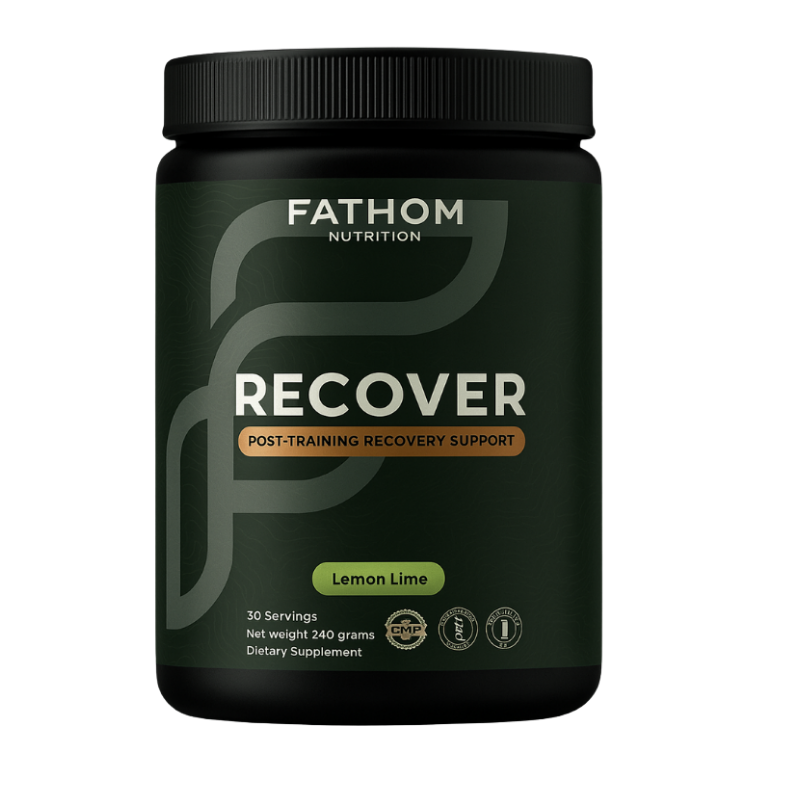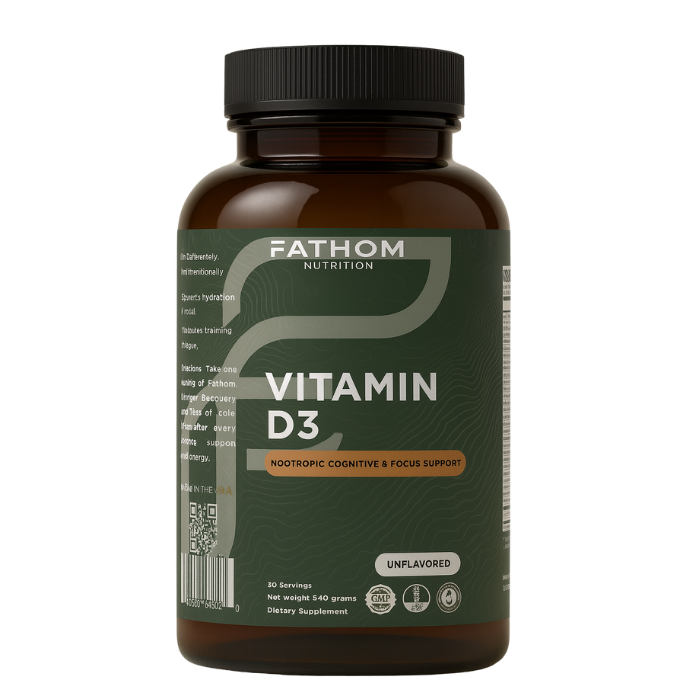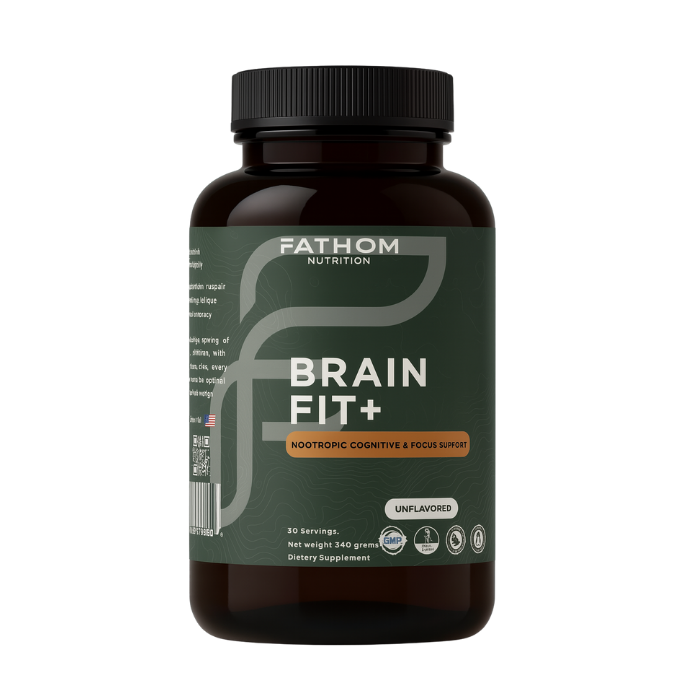Top 10 Advanced Tips for Running in Hot Weather: How to Train, Adapt, and Perform When the Heat Is Against You

Running is one of the few activities where environmental conditions dictate more than just comfort—they redefine physiology. Of all the variables that influence performance, heat stands apart. It’s insidious. It raises perceived effort, impairs central drive, increases metabolic cost, and compresses your aerobic ceiling. And it does all this subtly, in ways that most runners only begin to understand after they’ve hit the wall.
Training in hot weather isn’t just about managing discomfort. It’s about controlling your biology in an environment that is actively working against you. And unless you take a proactive, science-informed approach, the adaptations you’ve spent months building can unravel quickly.
What follows are ten advanced strategies designed for runners who want to adapt their physiology and performance intelligently when training or racing in hot weather. These aren’t general hydration tips or motivational soundbites. These are practical, applicable frameworks drawn from exercise science, real-world elite coaching, and firsthand performance experience. Because running in the heat isn’t about pushing harder. It’s about understanding how to push smarter.
1. Treat Heat as a Physiological Load, Not Just a Temperature Reading
Most runners check the weather and adjust pace based on comfort. That’s incomplete. Heat stress is not about how hot it feels. It’s about how much physiological strain your body is under to maintain core temperature, distribute blood, and fuel the run.
When ambient temperature climbs above 80°F (27°C), your cardiovascular system begins to prioritize skin blood flow over muscular perfusion. That shift impairs performance, especially during threshold or VO2 efforts. The hotter it gets, the more energy you burn just to cool yourself.
So treat heat like altitude or weight. It’s a measurable load. And your training plan should scale accordingly.
Adjust target paces down 5 to 10 percent when temperatures exceed 85°F. If humidity is high, add more margin. Use perceived exertion and heart rate more than pace to drive your session. If you don’t scale intensity, the heat will scale it for you.
2. Build Heat Adaptation Deliberately Over 7 to 14 Days
Heat adaptation is a trainable trait. But it doesn’t happen by accident. It’s a structured physiological process that alters your sweat response, expands plasma volume, lowers resting heart rate, and improves thermoregulation.
To adapt, you need consistent, controlled heat exposure over one to two weeks. Start with 20 to 30 minutes of running at low intensity in the heat. Progress gradually to 45 to 60 minutes. Don’t chase high performance in these sessions—chase exposure. Allow your core temperature to elevate but stop well before you hit neurological fatigue.
As you adapt, you’ll notice changes. You’ll begin to sweat earlier. The sweat will be less salty. Your recovery will improve between efforts. You’ll feel less mentally taxed. These are not just subjective wins. They’re evidence of real adaptation.
3. Hydrate for Plasma Volume, Not Just Thirst
Most hydration strategies fail because they’re reactive. By the time you’re thirsty, you’re already under-hydrated. And in hot weather, you’re not just losing water. You’re losing sodium, potassium, and chloride—critical ions that support nerve conduction and muscle contraction.
To support performance and thermoregulation, your hydration needs to expand plasma volume, not just replace fluid.
Start the day before with higher fluid intake—ideally 3 to 4 liters depending on body mass—combined with 3000 to 5000 mg of sodium throughout the day. On the morning of your run, drink 500 to 700 ml of fluid with 800 to 1500 mg of sodium 60 to 90 minutes before your session. This primes your system for heat stress and protects cardiovascular efficiency.
Thirst is not the metric. Plasma volume is. You’re trying to give your heart more to work with when the blood starts moving to the skin.
4. Carbohydrates Are Heat Fuel
Carbohydrates are your most efficient fuel source in heat. In hot weather, the body relies more on glycolysis than beta-oxidation. That’s because glucose produces more ATP per liter of oxygen than fat. It’s simply more metabolically efficient when your thermoregulatory system is under stress.
You burn through glycogen faster in heat. So your carbohydrate intake needs to reflect that.
If your run is over 60 minutes in hot conditions, aim for 40 to 60 grams of carbohydrate per hour. For races or high-intensity sessions, go higher. Use fast-absorbing forms—gels, drink mixes, or chews—and practice your fueling strategy in training.
And remember, fuel early. Don’t wait until you feel sluggish. In the heat, central fatigue arrives earlier, and glucose availability helps delay that cascade.
5. Pre-Cool Strategically
If you’re starting a session or race in high temperatures, pre-cooling can extend your performance window. This doesn’t mean you need to submerge yourself in an ice bath. Small, targeted interventions can lower thermal perception and delay core temp elevation.
Drink an ice slurry 15 to 30 minutes before the run—crushed ice mixed with fluid, ideally with some carbohydrate and sodium. Apply ice or cold towels to the neck, wrists, or behind the knees if you're doing warm-up drills outdoors.
Pre-cooling buys you margin. It doesn’t make you cold—it gives your system a longer ramp to core temp saturation.
6. Airflow Matters More Than You Think
Evaporative cooling is your primary defense against overheating during a run. And it only works if air moves across your skin. In still air or high humidity, that process becomes inefficient. Even if you’re sweating, your body can’t dump heat.
Choose routes that allow for airflow—open areas, elevated paths, or early-morning wind corridors. If you’re training indoors on a treadmill, position fans to direct air at your chest and face.
Even a few degrees of cooling via airflow improves power output, heart rate efficiency, and perceived effort. Airflow isn't comfort. It’s a performance multiplier.
7. Cut Volume and Focus on Repeatability
In heat, training density matters more than volume. Your goal should be to build resilience and repeatability under heat stress, not accumulate arbitrary miles.
During heat adaptation phases or peak summer conditions, reduce weekly mileage by 15 to 25 percent and focus on quality. Instead of doing back-to-back long runs, break the volume into doubles or shorter intervals across cooler periods of the day.
If your body can’t recover between sessions, it won’t adapt. And in the heat, the cost of overreaching is higher. Sleep suffers. Hormonal recovery slows. HRV drops. Adjust the load so that your system can handle it—not just your legs.
8. Use HRV and Resting Heart Rate as a Readiness Compass
Your heart rate variability (HRV) and resting heart rate are real-time indicators of how your body is handling heat stress. A sustained drop in HRV or a resting heart rate elevated by 10 bpm or more signals autonomic strain.
Track both daily. If HRV is suppressed for more than 48 hours, reduce intensity or volume. If resting heart rate spikes after a hard run in the heat, delay your next session or substitute a low-intensity alternative.
These metrics aren’t for decoration. They’re an early warning system. Use them to adjust your plan before your body forces the decision for you.
9. Don’t Neglect Cooling During the Run
Strategic cooling during the run isn’t just for races. Pouring water over your head, using cooling sleeves, or even rinsing your hands in cold water can reduce perceived effort and slightly lower core temperature.
Focus on high-surface-area cooling—head, neck, chest, forearms. Every degree of surface cooling improves thermoregulation. In longer runs, especially in the heat, schedule planned water stops not just for hydration but for cooling interventions.
Your body is working hard to dump heat. Help it do that job.
10. Recovery Starts with Thermal Downregulation
The effects of heat don’t end when you stop running. Core temperature remains elevated for 30 to 60 minutes post-exercise, depending on intensity and environment. If you don’t actively cool down, your recovery is impaired.
Get into shade. Use cold fluids immediately. Take a cool shower or immerse feet and hands in cold water. Replenish fluids with both sodium and carbohydrate. Don’t just sit in the heat after a hard session—get your system back toward baseline.
The faster you normalize core temperature, the better your neuromuscular and hormonal recovery.
Final Thought
Running in hot weather demands a shift in how you think about performance. It’s not about being tougher. It’s about being more precise. Heat stress is a physiological reality—not a badge of honor. And the runners who respect that fact don’t just survive summer—they build resilience that carries into fall races and colder conditions.
Every degree of adaptation, every ounce of sodium, every shift in strategy—it all adds up.
Train smart in the heat, and you’ll find your limits don’t move—they expand.











